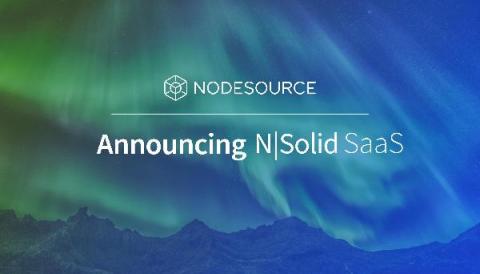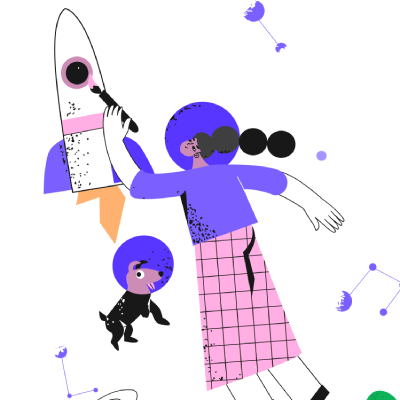Systems | Development | Analytics | API | Testing
%term
6 Ways to Leverage Insomnia as a gRPC Client
In this article, we’re going to build a fun and simple gRPC server in Node.js. Then we’ll demonstrate how to use Insomnia to make gRPC requests on our server. First, let’s briefly cover some core tech concepts. If you’re already familiar with the basics, skip ahead to the tutorial or watch the video below.
NexJ Drives End-to-End Connectivity With Kong to Scale CRM Solutions
This blog post is part one of a two-part series on how our team at NexJ broke down our monolith to scale our API management with Kong Gateway, the world’s most popular open source API gateway.
A Complete Guide to Understand HTTP Status Codes
whenever we go to a website, whether it's an online store to buy clothes or to check the status of our bank account, we need to type the URL into the browser. When you click on the relevant page, a request is sent to the server, and the server always responds with the HTTP three-digit code. This HTTP status code tells us if our request was successfully completed or whether there was an error that prevented the server from serving the content that users or visitors were trying to access.
Lenses magnified: Enhanced, secure, self-serve developer experience for Kafka
In our world of streaming applications, developers are forever climbing a steep learning curve to stay successful with technologies such as Apache Kafka. There is no end to the debt and the detail you need to manage when it comes to Kafka - and particularly since it doesn’t come with guardrails to help you out, the stakes for making mistakes are high.
Announcing N|Solid SaaS!
We are very excited to announce a SaaS option for our customers. N|Solid SaaS!✨ N|Solid SaaS is focused on small and medium-sized companies that want to monitor their Node.js processes with the best tooling available.
Extending the power of Chronicle with BigQuery and Looker
Chronicle, Google Cloud’s security analytics platform, is built on Google’s infrastructure to help security teams run security operations at unprecedented speed and scale. Today, we’re excited to announce that we’re bringing more industry-leading Google technology to security teams by integrating Chronicle with Looker and BigQuery.










